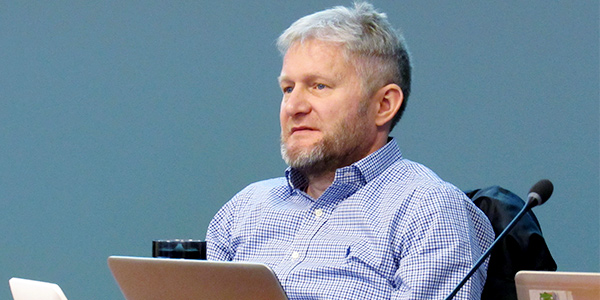By Amanda Durish Cook
CARMEL, Ind. — MISO on Tuesday said it will explore whether to alter its long-term planning models to factor in expectations for an increased number of outages.
The RTO initiated a review of outage assumptions in those models after its research showed that outages are more prevalent than represented, stakeholders learned at a Feb. 12 Planning Subcommittee meeting. The current approach to outage modeling may result in long-term reliability planning models that permanently underestimate the actual volume of outages, it found.
MISO Senior Manager of Expansion Planning Edin Habibovic said the RTO could summarize its experience over the last few years as one in which it faces an aging fleet with generation retirements, which amplify the effects of the outages among remaining generators.
“The question we’re trying to answer here is to assess historical generation and transmission outages and see if they line up with the current planning assumptions,” Habibovic said.
MISO in January filed with MISO Files New Planned Outage Rules.)
The grid operator’s existing long-term models only consider historical planned outages lasting longer than six months, resulting in “few planned outages being embedded in the models.” Only one planned transmission outage and no generation outages were applied to the two- and five-year out models in the 2018 MISO Transmission Expansion Plan.
For forced outages, MISO’s annual MTEP assessment simulates the removal of approximately 2.8 GW for a P3 NERC contingency event and 5.1 GW for extreme events. In reality, the historical outage average varies from 2 to 9 GW of unavailable generation throughout the year.
MISO also said the frequency and duration of forced and planned outages are usually higher and longer than expected. As a result, planning models “may be overstating” the future ability to import generation and reliably serve load in some areas where generation and transmission outages occur more often than planned.
Director of Planning Jeff Webb said long-term planning models are analyzed against NERC planning standards that test system reliability for one or two outages, when in real time there are actually “tens” of concurrent outages throughout the footprint. He added that he wasn’t sure how a more realistic set of outage assumptions would affect long-term reliability planning, and said the new effort was meant to examine that question.
“As we see more and more data that shows this gap, the question is ‘Boy, what does the performance of the grid look like if we matched it with reality?’ It could be that something changes; it could be that nothing changes,” Webb said. “There are many lines out, many generators out in every single hour of the year. Shouldn’t we look at a model that mimics that day?”
MISO said it can use its historic forced outage rate to exclude poor performing generators from redispatch in the models then assess system performance in the five-year and 10-year cases. Habibovic said the RTO would study those cases against those the current process produces to see if long-term reliability needs are affected by real-world outage numbers. He also said it would be helpful to identify potential reliability risks to the transmission system as early as possible.
Habibovic said if MISO modeled its poor performing generators as unavailable, it would have resulted in about 19 GW and 22 GW of systemwide unavailable generation in the 10-year base case model and the five-year sensitivity base case models in MTEP 18, respectively.
MISO will look into excluding the worst-performing generators from long-term modeling in MTEP 2020, Habibovic said. He asked for stakeholders’ comments on the approach by Feb. 28.
The RTO will also perform data analysis on transmission outages to see if it should change transmission availability assumptions in long-term planning models, MISO adviser Matt Tackett said.
Meanwhile, in last year’s annual NERC-required extreme event assessment, MISO found that two simultaneous facility outages are likely the most common cause of cascading events, with the most severe scenario occurring when two local generation plants go offline simultaneously.
This week, the Independent Market Monitor said it continues to monitor short-notice outages in MISO South, including planned outage extensions and unreported outages and derates. The Monitor said in January that short-notice and unreported outages continue to be “significant” in the region.




